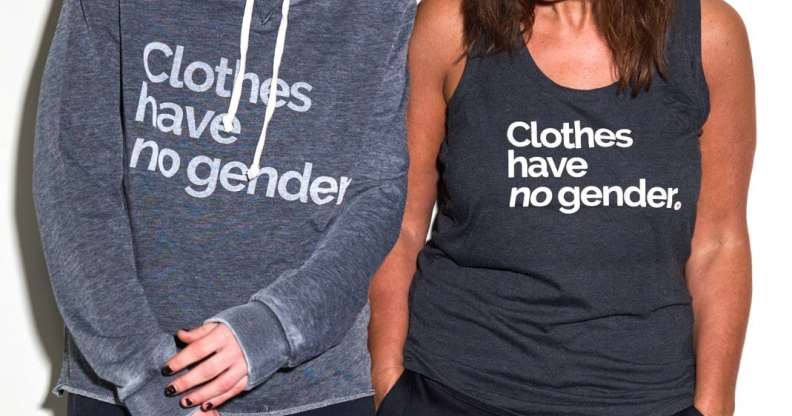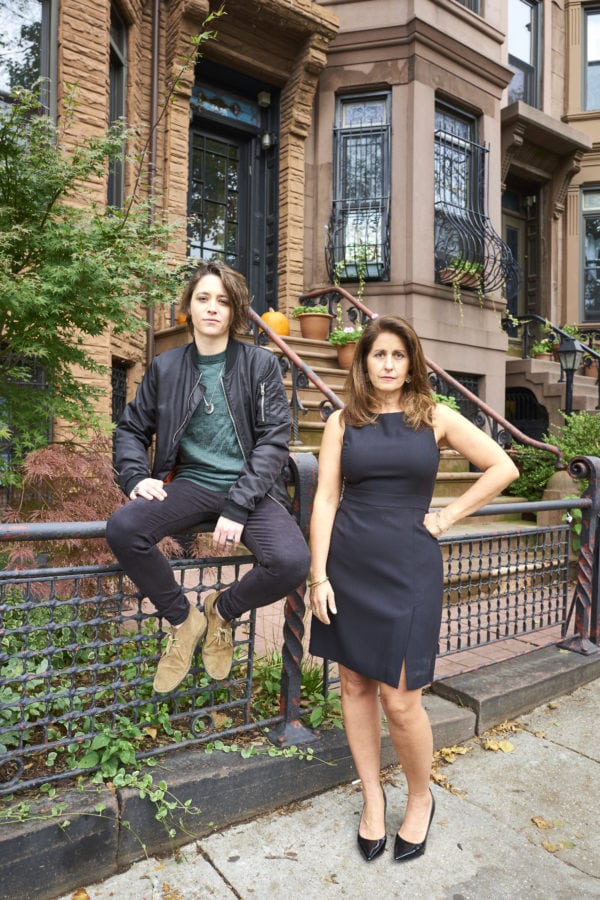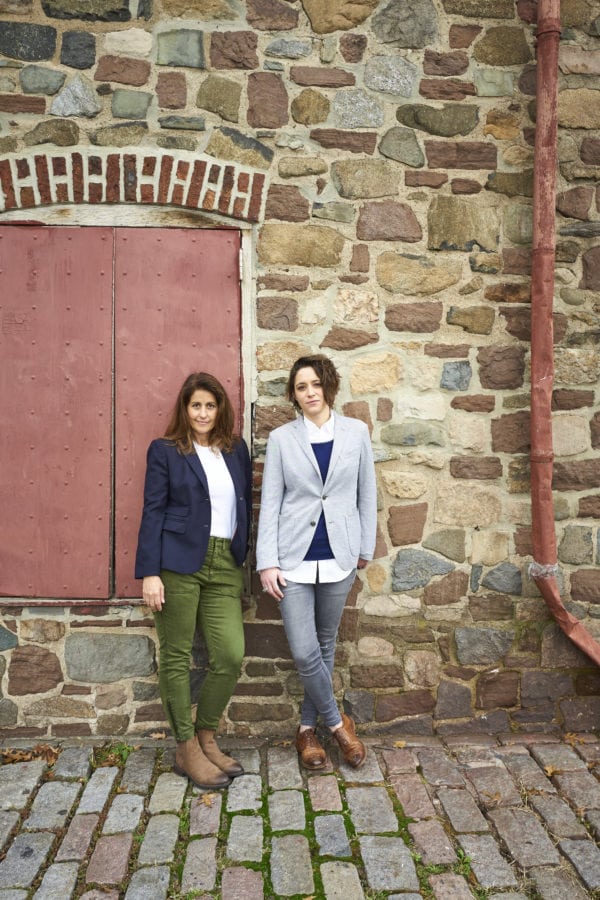How the rise of genderless shopping is transforming the fashion industry

When you go into most clothing stores, the chances are you’ll have two options: to browse the male section, or the female section.
Things are beginning to change, though. Fashion designers are combining men’s and women’s collections on the runway, parents are pushing to scrap “boys” and “girls” labels on clothing and a number of retailers are defying gender conventions altogether – to cater exclusively for non-binary people.
The Phluid Project, a new shopping space in New York City which opened in March, is one of the first gender-free stores of its kind. It’s not just about buying clothes, but about creating an inclusive shopping experience for non-binary customers.
“There is a paradigm shift that is currently happening in our society,” says founder Rob Smith. “Today’s young people are leaving behind the traditional roles and structures that constrained generations prior. They are choosing to live a freer and more self-expressive life.”
“In many ways, I have created a retail space and community centre I wish I had access to as a young person.”
Spaces like the Phluid Project, where customers can sip coffee, chat to others and browse gender-free brands – which are divided by aesthetic – are going to become more common, Smith adds.

April Mellas and Amy Bender co-founded the genderless shopping app RIGit (Supplied)
“It has become very evident that people need a space which allows you to be yourself, where assumptions are checked at the door and honouring the individual is priority,” Smith says.
Crucially, though, gender-free clothing is also about tackling the challenges faced by non-binary people when shopping.
“They may be challenged, or feel worried about being challenged, when shopping in stores that split their clothing by gender, particularly if their external appearance leads staff or other shoppers to believe they fit into a binary gender category,” says 26-year-old Nat Saunders, who is non-binary.
“They may also feel uncomfortable choosing which changing rooms to use if those are divided by gender – or, again, worry about being challenged by staff or other shoppers.”
Offering genderless shopping is simply about adding another option for people when shopping for clothes – rather than ridding shops of gendered clothing completely.
“Shops which don’t separate things out by gender make things easier for some people and don’t really affect anyone else,” Saunders adds.

April Mellas and Amy Bender founded the app RIGit (Supplied)
“It would be simple to mark clothing with tags to indicate what kind of cut it has and what kind of body shape it will fit. Nobody loses out, and it makes things easier for lots of people – you don’t have to worry about people making assumptions about you and judging you for being in the ‘wrong’ section, for example.”
But importantly, gender-free options benefit lots of people, as well as non-binary and gender-fluid people. It creates an easier atmosphere for people to choose clothing that appeals to them with no questions asked – irrespective of gender.
Having more gender fluidity in fashion isn’t just about androgynous clothing which fits a certain body shape, too. In 2016, Zara released a collection of gender-neutral clothing but faced criticism for only using thin, white models to promote the line.
This defeats the point of aiming to be more inclusive, says Amy Bender, co-founder of the US-based genderless shopping app RIGit. Instead, it’s about taking clothing that might have originally been designed only for a male or only for a female and styling them in a way that can appeal to a wider audience.
“We show the same items on both male and female presenting models,” Bender explains. “One of our brands sells these incredible skinny cargo pants, they actually look good on anyone who puts them on. I’m a curvy 5’3” and they fit me amazingly well, and one of our male models is a thin 6’1” and they look incredible on him.

“We believe that any article of clothing should be worn by anyone that likes it.”
Removing the gender we often assign to inanimate objects – whether it’s sunglasses, a top or jeans – is also important in breaking gender stereotyping too, Bender says.
“When we claim a pair of jeans are women’s jeans, we are saying much more than they are simply designed for a woman’s body. Clothing that is deemed ‘women’s clothing’ has the connotation of being feminine, sexy, and soft,” she says.
“You aren’t forced to choose a box that says man or woman before we show you any clothing. For folks who identify as non-binary, or wake up some days identifying with different ends of the gender spectrum, traditional shopping can feel judgemental and anxiety-ridden,” Bender says, adding this is something RIGit co-founder April Mellas has struggled with.
“She has always shopped in both the men’s and women’s departments and it is almost always an uncomfortable experience,” Bender says. “Most of the time when she walks into the men’s department, the sales associates would ask if she is shopping for her brother, father or boyfriend – her response always came with a hesitation because she didn’t want to admit she was shopping for herself.”
“The goal behind RIGit is to create a world where any item of clothing can be for any person, where a person can put on clothes that they believe best represents their style and individuality.”

